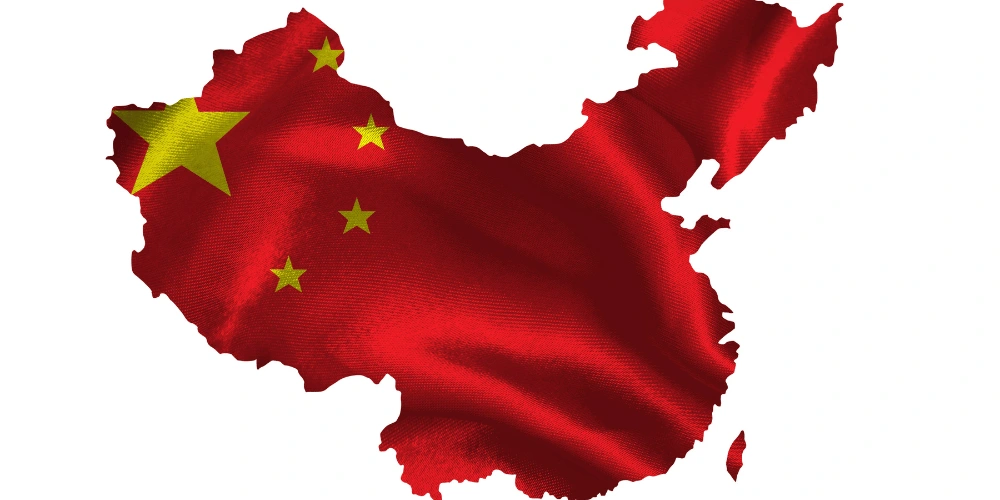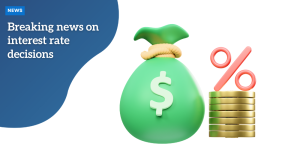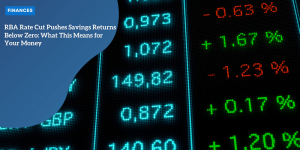Markets Climb as Federal Reserve Stays in ‘Wait and See’ Mode Amid China Trade Tensions

Anúncios
Wall Street Rallies on Stability From Fed, But Trade Uncertainty With China Looms Large
Stocks closed higher on Wednesday, May 7, after the Federal Reserve chose to keep interest rates unchanged and reaffirmed a cautious “wait and see” approach in the face of rising inflation pressures and geopolitical uncertainty, including renewed trade tensions with China.
Chair Jerome Powell’s remarks following the central bank’s latest policy meeting reinforced the Fed’s commitment to patience—despite mounting pressure from the White House to cut rates.
Meanwhile, markets reacted favorably to the combination of stability at home and glimmers of renewed dialogue abroad, as trade officials from the U.S. and China prepared to resume negotiations in Geneva.
Stock Markets Rally on Fed Reassurance
Investors responded positively to the Fed’s decision, with all three major U.S. indexes closing in the green:
Anúncios
-
📈The Dow Jones Industrial Average climbed 284.97 points, or 0.7%, to close at 41,113.97.
-
📈The S&P 500 added 24.37 points, or 0.4%, finishing at 5,631.28.
-
📈The tech-heavy Nasdaq Composite rose 48.50 points, or 0.3%, to end the day at 17,738.16.
The market’s optimism was fueled in part by the Fed’s steady hand—offering reassurance that interest rate hikes are not imminent—and by hopes that fresh trade discussions with China could lead to de-escalation.
Federal Reserve Holds Rates Steady Amid Inflation and Trade Shockwaves
As anticipated, the Federal Reserve left interest rates unchanged, continuing its recent pattern of restraint as policymakers attempt to balance competing risks: stubborn inflation and economic cooling driven by tariffs and global uncertainty.
Chair Powell acknowledged the challenges during his post-meeting press conference, saying:
“There’s so much uncertainty.”
This uncertainty stems largely from the White House’s tariff policy, which adds a new layer of complexity to the Fed’s calculus.
The administration’s recent decision to impose tariffs as high as 145% on certain Chinese imports is likely to stoke inflation in the short term by raising prices on consumer goods.
Anúncios
However, it may also slow economic growth, as businesses struggle with rising costs and potential hiring freezes.
That dual effect—inflationary and contractionary—makes the Fed’s next move far less predictable.

A Delicate Balancing Act: Inflation vs. Employment
The central bank now finds itself in a familiar but increasingly precarious position.
On one hand, persistent inflation might typically warrant a rate hike to cool demand.
On the other, rising costs due to tariffs are not necessarily a sign of economic strength, but rather cost-push inflation, which can hit households and businesses without signaling an overheating economy.
As ING’s Chief International Economist James Knightley explained:
“Another hold from the Fed with an acknowledgement that uncertainty has increased with more upside risk for both inflation and unemployment. This suggests little inclination to move until they are confident in the direction the economy is heading, meaning rate cuts could be delayed, but risk being sharper when they come.”
In other words, the Fed may remain on hold for now, but when action is taken, it could be aggressive—either to tame rising prices or to prevent a sudden downturn.
White House Pushes for Rate Cuts Amid Political Pressure
Despite the Fed’s cautious tone, the Trump administration has ramped up calls for interest rate cuts, arguing that lower borrowing costs are essential to shield the economy from the impact of retaliatory tariffs and other global headwinds.
Critics within the administration suggest that the Fed is moving too slowly and failing to support U.S. businesses facing mounting costs.
But Powell has resisted this pressure, emphasizing the importance of data-driven decisions rather than politically motivated actions.
Historically, the Federal Reserve has maintained independence from the executive branch, though recent tensions have tested that tradition.
Powell’s continued emphasis on patience and transparency has helped maintain investor confidence, at least for now.
Treasury Yields Dip as Bond Markets Signal Caution
The bond market mirrored the Fed’s wait-and-see posture.
The 10-year Treasury yield fell four basis points to 4.27%, reflecting growing investor caution about future growth.
Falling yields typically signal expectations of weaker economic activity or increased demand for safe-haven assets.
Combined with steady equity markets, the movement suggests investors are optimistic in the short term but remain wary of long-term uncertainty.
U.S.-China Trade Talks Set to Resume: Geneva Meeting Announced
The other major headline influencing markets this week was the announcement that top trade officials from the U.S. and China will meet in Geneva on May 8—a potentially pivotal development in a months-long standoff that has rattled global markets.
Treasury Secretary Scott Bessent and U.S. Trade Representative Jamieson Greer are scheduled to meet with China’s top economic officials.
The talks are expected to focus on de-escalation, with hopes that both sides can identify a path forward after months of tit-for-tat tariff increases.
This meeting will be the first confirmed face-to-face interaction between U.S. and Chinese trade leaders since President Trump announced sweeping tariff increases, which were quickly met by retaliatory tariffs of up to 125% from Beijing.
Why the Trade Talks Matter for Everyday Americans
While international trade may seem abstract, its effects are deeply felt at the consumer level.
Higher tariffs mean:
-
📈More expensive electronics and household goods
-
📈Increased costs for small businesses relying on Chinese parts or materials
-
📈Inflationary pressure at a time when wages are already struggling to keep pace with living expenses
For U.S. farmers, manufacturers, and retailers, ongoing trade friction could result in lost markets, supply chain disruptions, and reduced hiring.
The outcome of these renewed talks could either calm markets and restore confidence—or, if they fail, deepen uncertainty and heighten economic risk.
China’s Response: Interest Rate Cuts to Stimulate Growth
In response to slowing economic growth and the drag of the tariff war, the People’s Bank of China (PBoC) announced its own rate cut and reduced reserve requirements for banks.
These measures are aimed at:
-
📈Boosting domestic lending
-
📈Encouraging consumption
-
📈Shoring up private-sector investment
By cutting rates, China is signaling that it’s feeling the pinch from the trade conflict and is prepared to use monetary tools to cushion the blow.
This move may also help stabilize China’s stock market and restore some confidence among investors, though it highlights the broader global economic fallout from the current standoff.
Global and Domestic Outlook: What Comes Next?
The financial markets have shown resilience, but investors and businesses are watching closely for signs of a turning point.
Key questions that remain unanswered include:
-
📈Will the Fed shift its stance if trade tensions worsen?
-
📈Can U.S. and China reach a mutually beneficial agreement?
-
📈How will escalating tariffs affect jobs, inflation, and consumer confidence?
-
📈Could prolonged uncertainty push the economy closer to a slowdown or recession?
While the Fed continues to project calm, the global situation remains volatile. Investors may experience increased market swings as new headlines emerge on trade negotiations, economic data, and political rhetoric.
Final Thoughts: A Market at the Crossroads
This week’s developments reveal an economy at a critical crossroads.
On one side is a Federal Reserve choosing restraint, signaling stability and confidence in the economy’s underlying strength.
On the other is a White House doubling down on protectionist trade policies, raising the stakes for global commerce and economic forecasting.
Meanwhile, China’s moves to stimulate growth and return to the negotiating table suggest both sides are feeling the pressure—and may be open to compromise.
For now, markets are treading water, bolstered by steady hands at the Fed and cautious optimism about diplomacy.
Still, the risks remain.
Should talks falter or inflation spike unexpectedly, the current balance could tip quickly.
For American consumers, businesses, and policymakers alike, the next few weeks will offer crucial clues about the direction of the U.S. economy in the second half of 2025.






